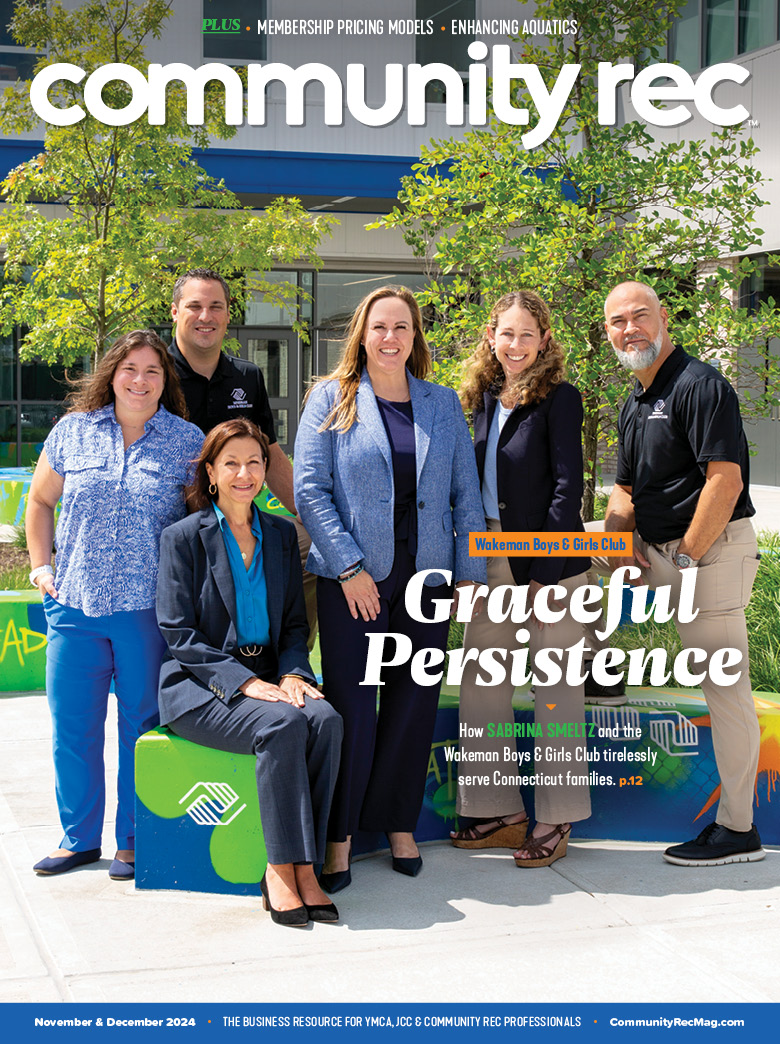As we age, the importance of staying active and maintaining a healthy lifestyle becomes even more essential. For individuals over the age of 65, regular physical activity is not just beneficial, but vital for optimal health and well-being. By embracing the mantra of “keep your momentum going” adults can prioritize their fitness, mobility, and mental health, leading to a more rewarding and vibrant life.
“Our health habits like so many other things in our life have become habits,” said Robert J. Helfer, community educator. “The neuronetwork grooves formed through years of use, or abuse, are hard to break. But with just a little effort, new pathways can be formed and the old ones will fall away.”
The Importance of Regular Physical Activity
Engaging in regular physical activity offers numerous benefits for individuals over 65. It helps in maintaining overall physical health, improves cardiovascular fitness, strengthens muscles and bones, and enhances flexibility. By staying active, individuals can reduce the risk of chronic conditions such as heart disease, diabetes and obesity.
Physical activity also plays a critical role in maintaining cognitive function and reducing the risk of mental health issues like depression and anxiety. Regular physical activity in community-based settings and gyms also provides older adults the opportunity to engage socially with peers, which also contributes to well-being.
Benefits of Maintaining Mobility and Mental Well-being
One of the key benefits of staying active after 65 is the maintenance of mobility. Regular exercise can improve balance, coordination and flexibility, thus reducing the risk of falls and enhancing the potential for older adults to engage in activities more independently for a longer time. Moreover, physical activity stimulates the release of endorphins — the “feel-good” neurotransmitters — leading to improved mood and mental well-being. Individuals who stay active often report higher levels of energy, better sleep quality, and a greater sense of purpose and fulfillment in their daily lives.
Practical Tips for Incorporating Exercise into Daily Routines
Incorporating exercise into daily routines doesn’t have to be daunting. Simple lifestyle changes and activities can make a significant difference in your physical fitness and well-being. Here are some practical tips for individuals looking to stay active:
1. Seek medical advice to determine what level of physical activity you can safely tolerate.
2. Consider enrolling in existing age and health-appropriate classes or exercise training to learn how to exercise effectively.
3. Start slow. Begin with light activities such as walking, stretching, gentle yoga or Pilates to gradually build up your stamina and strength.
4. Find activities you enjoy, whether it’s dancing, pickleball, swimming, gardening or playing a sport, choose activities that bring you joy and motivation to stay active.
5. Stay consistent. Aim for a consistent schedule of moderate-intensity exercise per week, spread out over several days to reap maximum benefits.
6. Partner up. Exercise with a friend, family member or join group classes at your local Y or JCC to stay motivated and accountable.
7. Listen to your body. Be mindful of any physical limitations or discomfort and adjust your exercise routine accordingly to prevent injuries.
By embracing the notion of “keep your momentum going” and safely prioritizing physical activity, individuals can enhance their quality of life, maintain independence, and enjoy a healthier and more active engaged lifestyle well into their golden years. Remember, it’s never too late to start — your body and mind will thank you for it.










